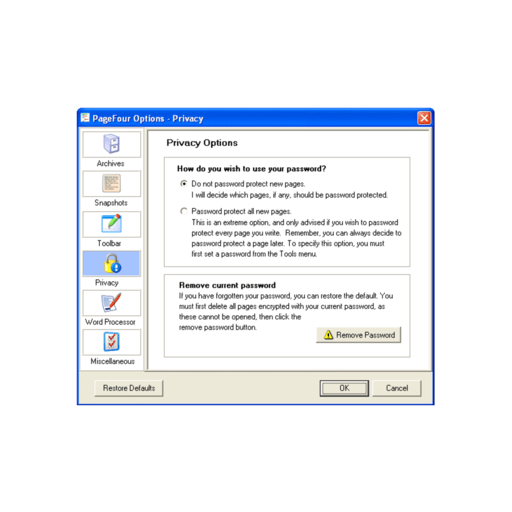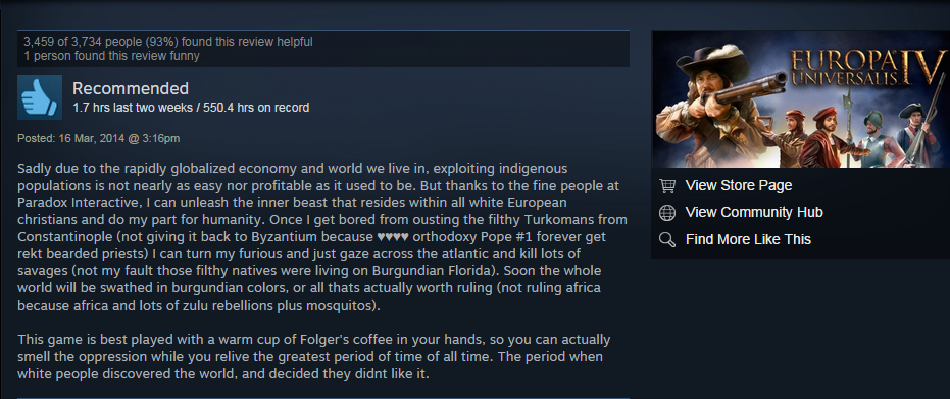

- STORYMILL 4 REVIEW MAC OS
- STORYMILL 4 REVIEW INSTALL
- STORYMILL 4 REVIEW FULL
- STORYMILL 4 REVIEW SOFTWARE
STORYMILL 4 REVIEW FULL
Full screen support is simple to implement and, you ask, pretty hard to get wrong but Scrivener’s full screen features blows the competition straight out of the water. You are provided with two default views for opened Binder documents: Corkboard and Outline, both of which are powerful and concise and provide you with an instant bird’s-eye-view of where your project is going.īut that’s not where this app truly shines. You can create as many folders as you wish, and while you feel a little lost at first, you quickly get used to the freedom. The left pane is called the Binder, and its structure is entirely up to you.
STORYMILL 4 REVIEW INSTALL
You can install the extras package and work from there, but it still feels like a far cry from the beautiful simplicity of Storymill.īut that’s only until you realize the power of Scene-by-scene synopses and the sheer amount of side notes, research links, tags and info you can cram around your document. There were too many panes, too much info on the screen and no sign of templates, or steps to achieve a basic novel structure. After meddling with the very simple-to-use Storyist and Storymill, I felt more than a little overwhelmed with the huge amount of options and freedom inherent in Scrivener’s design. I’ll go right ahead and admit that my first experience with Scrivener wasn’t a happy one.

Placing events on the timeline itself is also a bit of a chore, as it doesn’t behave the way you’d expect events tend to jump, and aligning on the grid is difficult. Frustrating, and there seems to be no fix in sight. Having set the timeline to Hourly or Daily to get that important, detailed scene just right, you then have to scroll left-to-right all the way to infinity to set the rest of your action. Most stories will partly happen in real time, partly in flashback, memories and long, uneventful stretches of passing time. There is no way to properly manage different timeframes if you set it to display hours, you’ll have hours until the end of your manuscript, which to me seems absolutely useless.
STORYMILL 4 REVIEW SOFTWARE
Perhaps this is why I moved away from StoryMill altogether while it’s a very nicely designed piece of software overall, the Timeline has always been a frustrating issue for me. It’s a nice compromise between structure and freedom, and it’ll do for most writers.Īgain, this one is strongly geared towards fiction, perhaps even more so than Storyist, with the addition of the Timeline feature which is heavily advertised as its strong point. The sidebar pane is more visually pleasing, but mostly serves the same purpose as Storyist’s you get default panes for Characters, Locations and Research, and the rest is handled via folders and smart views. Fullscreen support is marginally better than Storyist, but only because it’s been implemented longer. The app itself is gorgeous and streamlined, and the interface simply makes you want to sit and write. The team behind StoryMill is much bigger, and mostly this shows in the overall finish and polish that went into its development.

Storyist, from Storyist SoftwareĪfter experimenting with Storyist, I moved on to StoryMill, from Mariner Software, the makers of MacJournal and MacGourmet, two very good database-driven applications for OS X. I didn’t include general writing software, like Apple’s Pages or OpenOffice this list is really geared toward organized writing, software that both lets you plan and write from start to finish. Here’s a quick rundown of the most popular ones and their main features. Some of those target fiction writers more than others. There are so many choices now to replace default apps that it can get pretty confusing to find the right tool.īrowsing for writing software is also becoming quite confusing there are now a number of very nicely designed apps that can help you finish or start your projects.
STORYMILL 4 REVIEW MAC OS
With the rising popularity of the Mac OS platform, a number of small developers and software companies have found niche markets for themselves the Getting Things Done crowd, the Tweaking freaks, the App Launchers all have their own list of best-of software titles and nifty little apps. Posted 4 September 2009 by roelani filed under Technology Writing Showdown: Storyist VS Storymill VS Scrivener


 0 kommentar(er)
0 kommentar(er)
